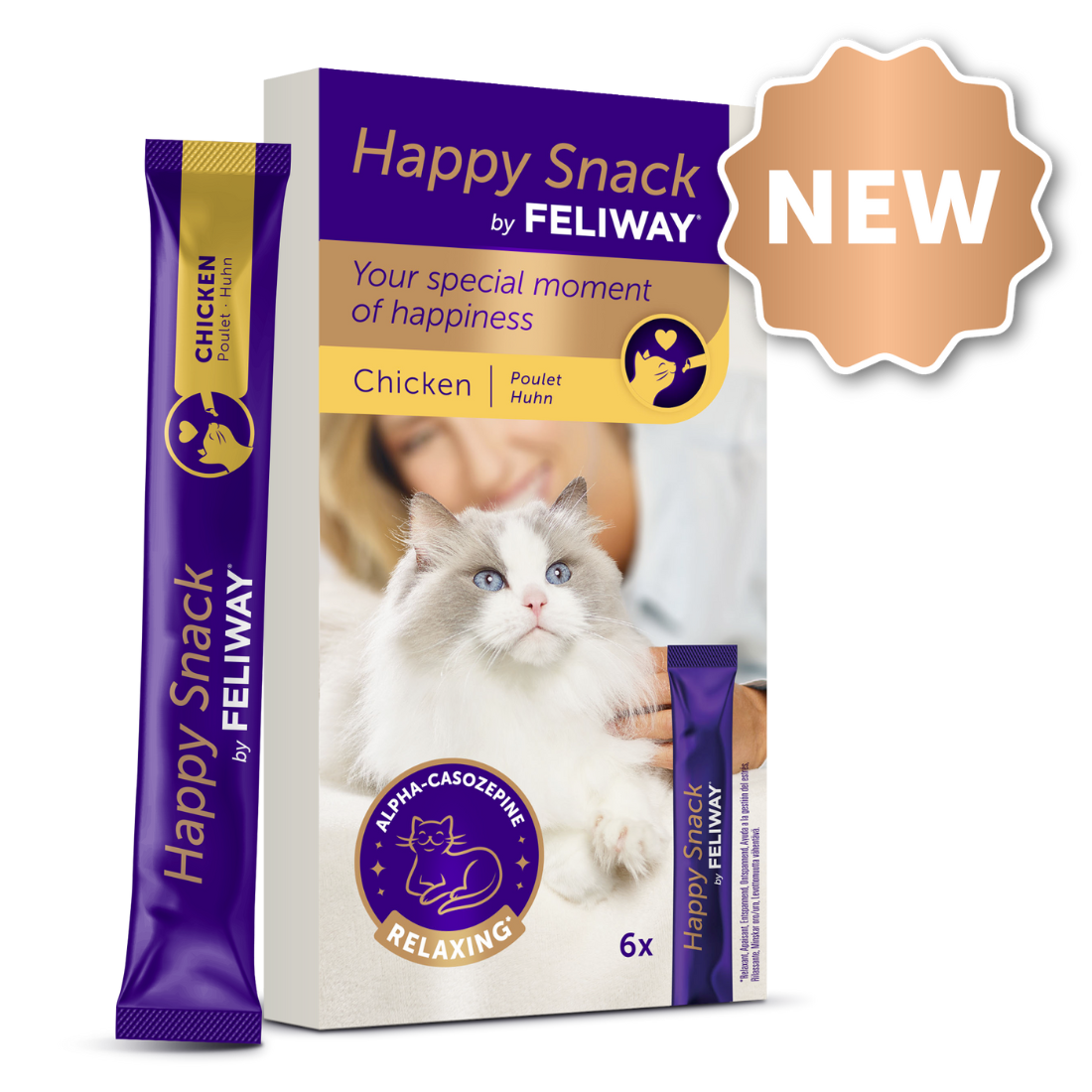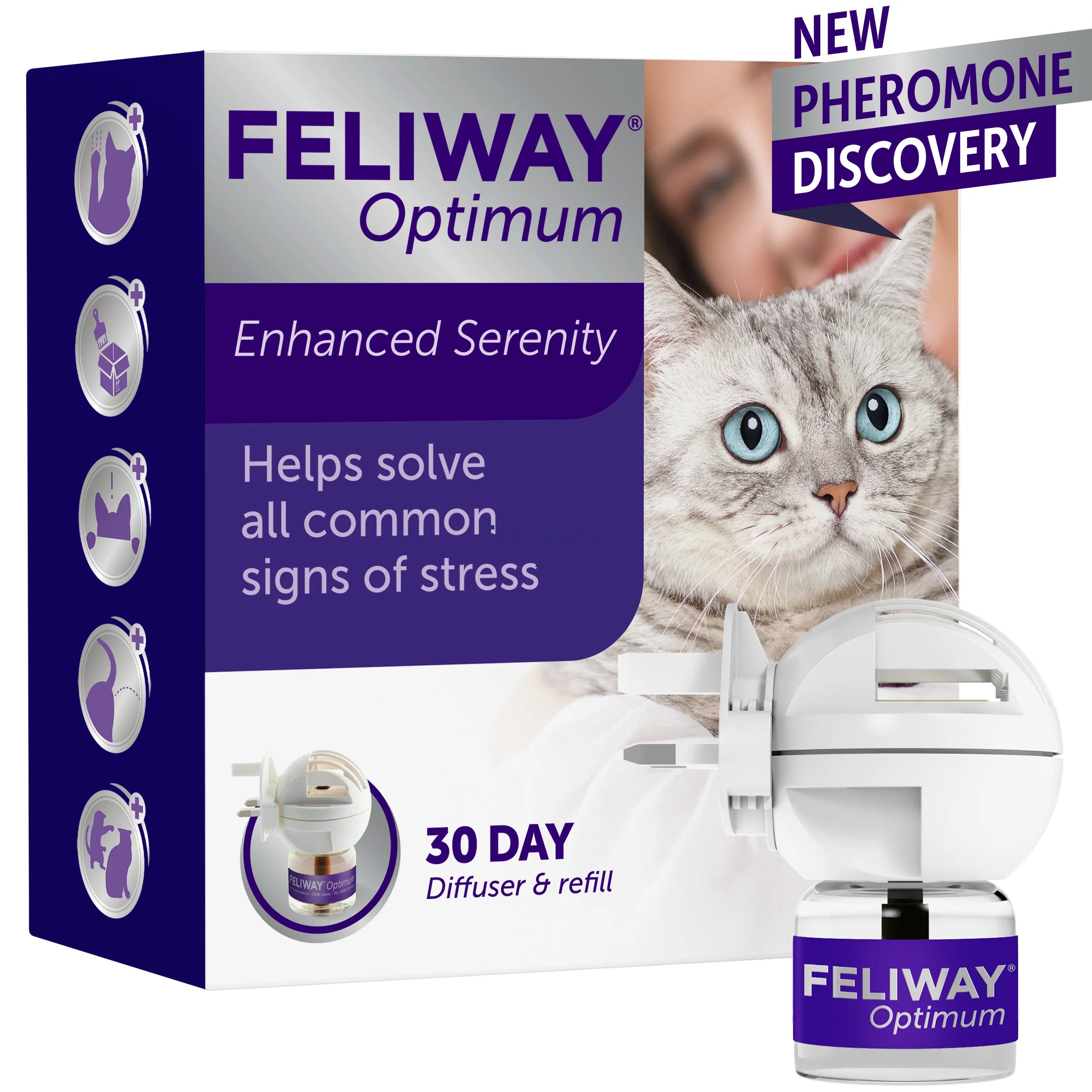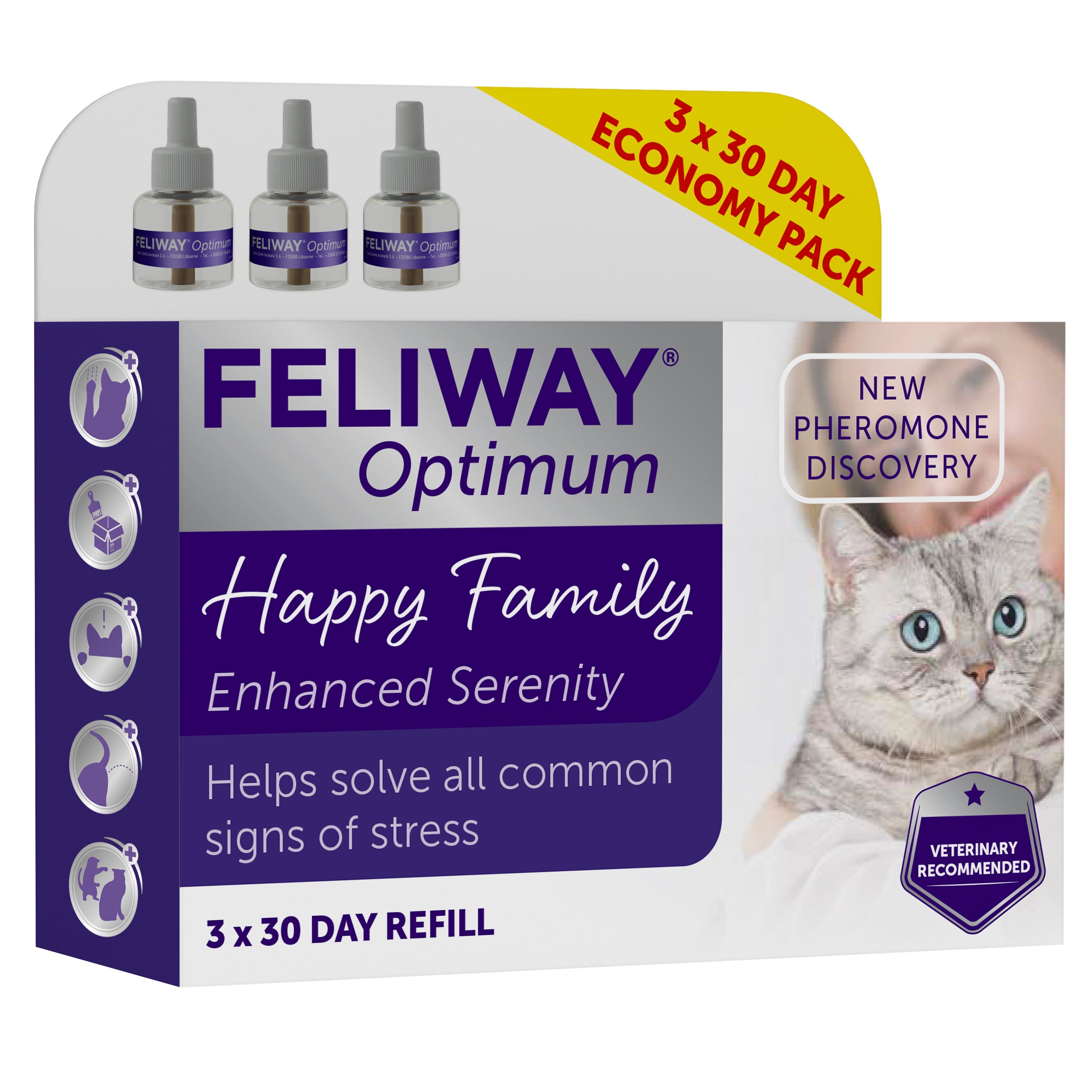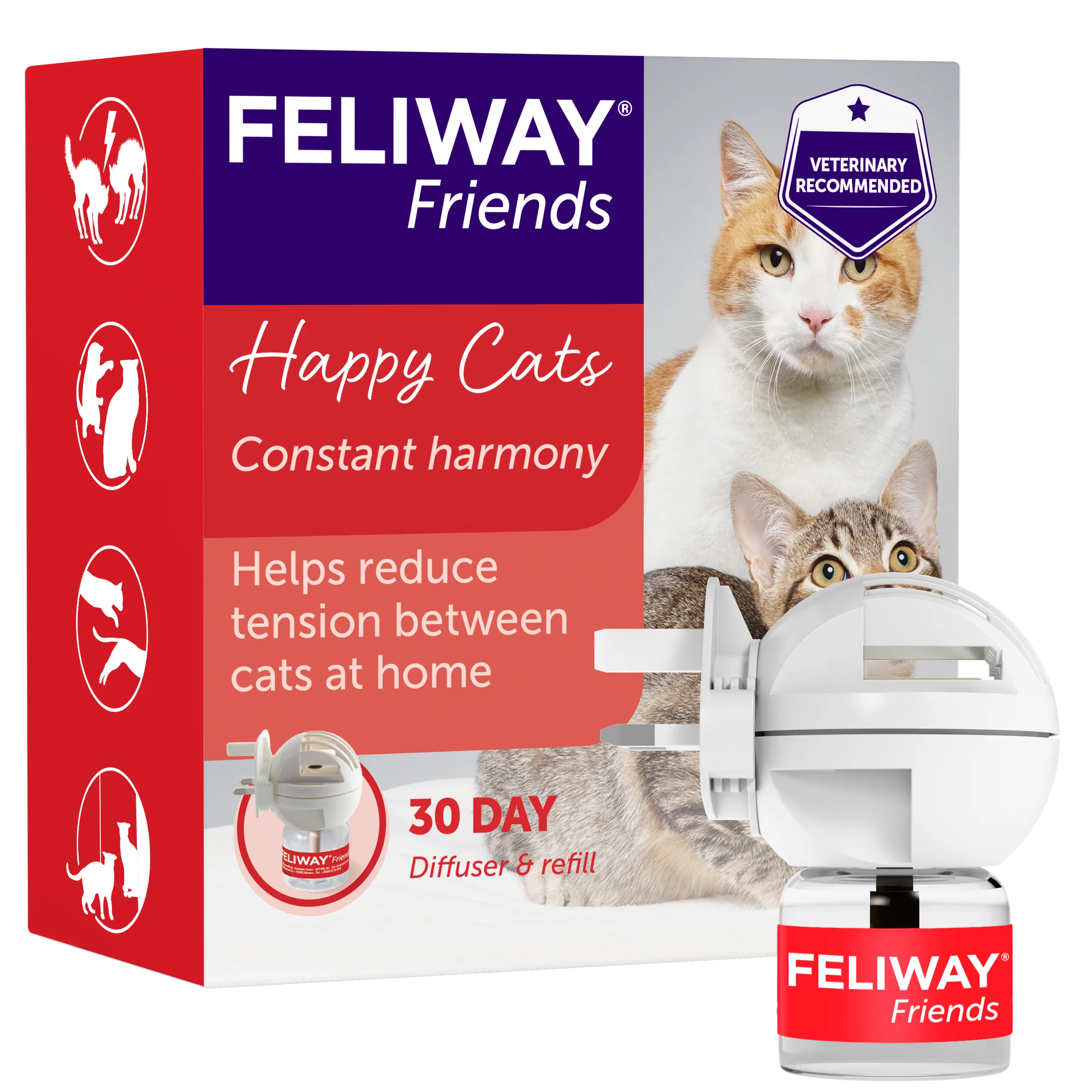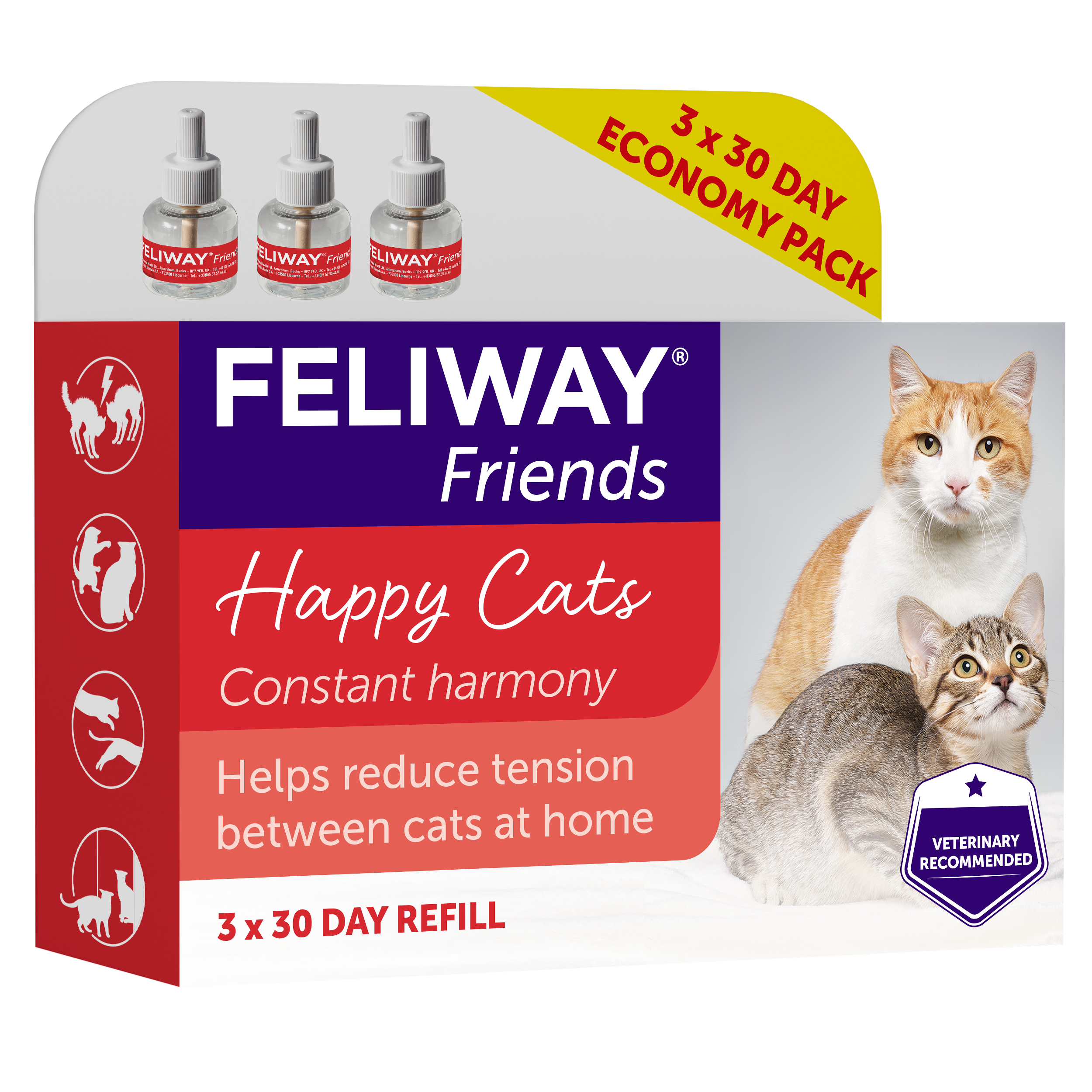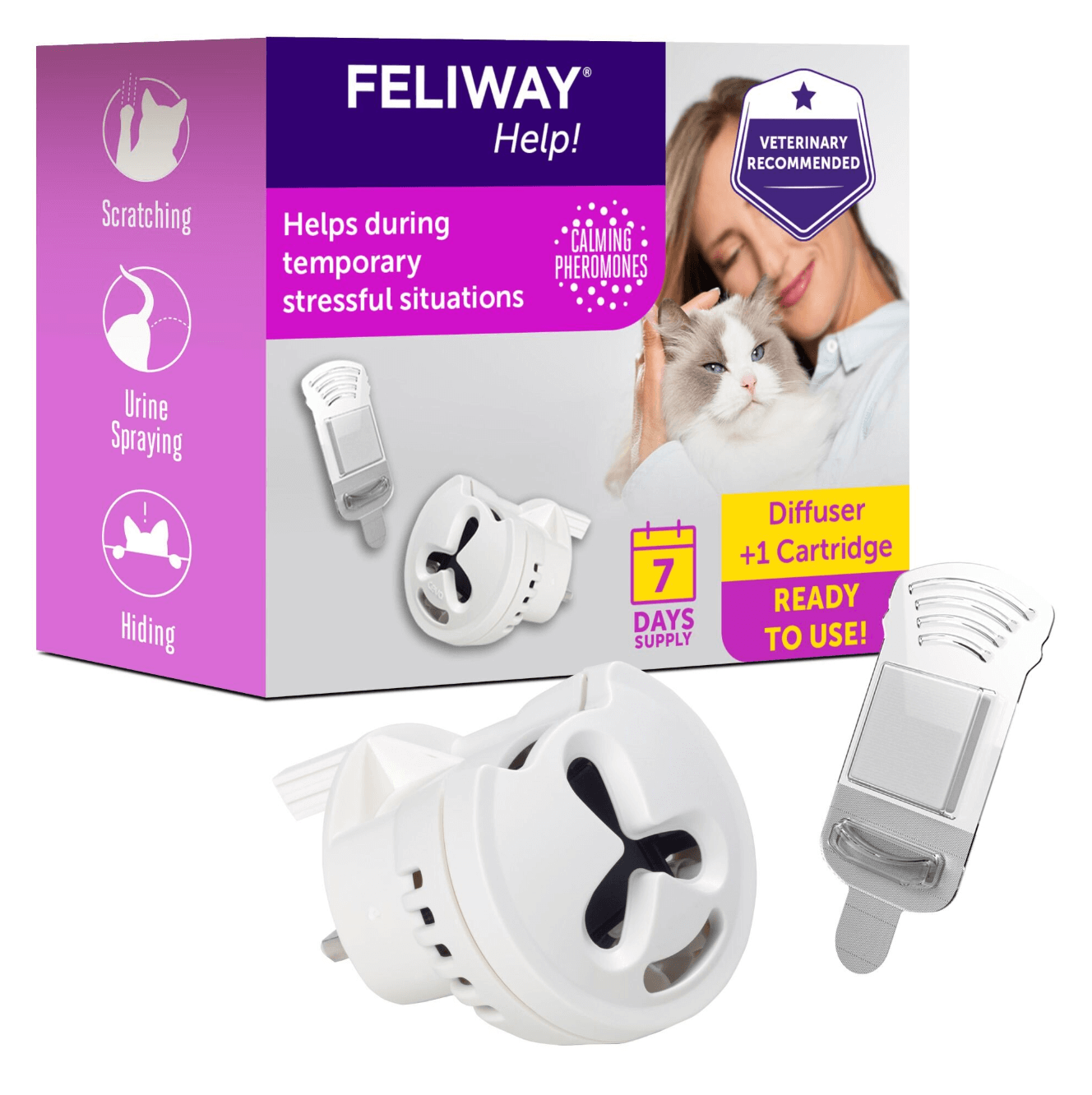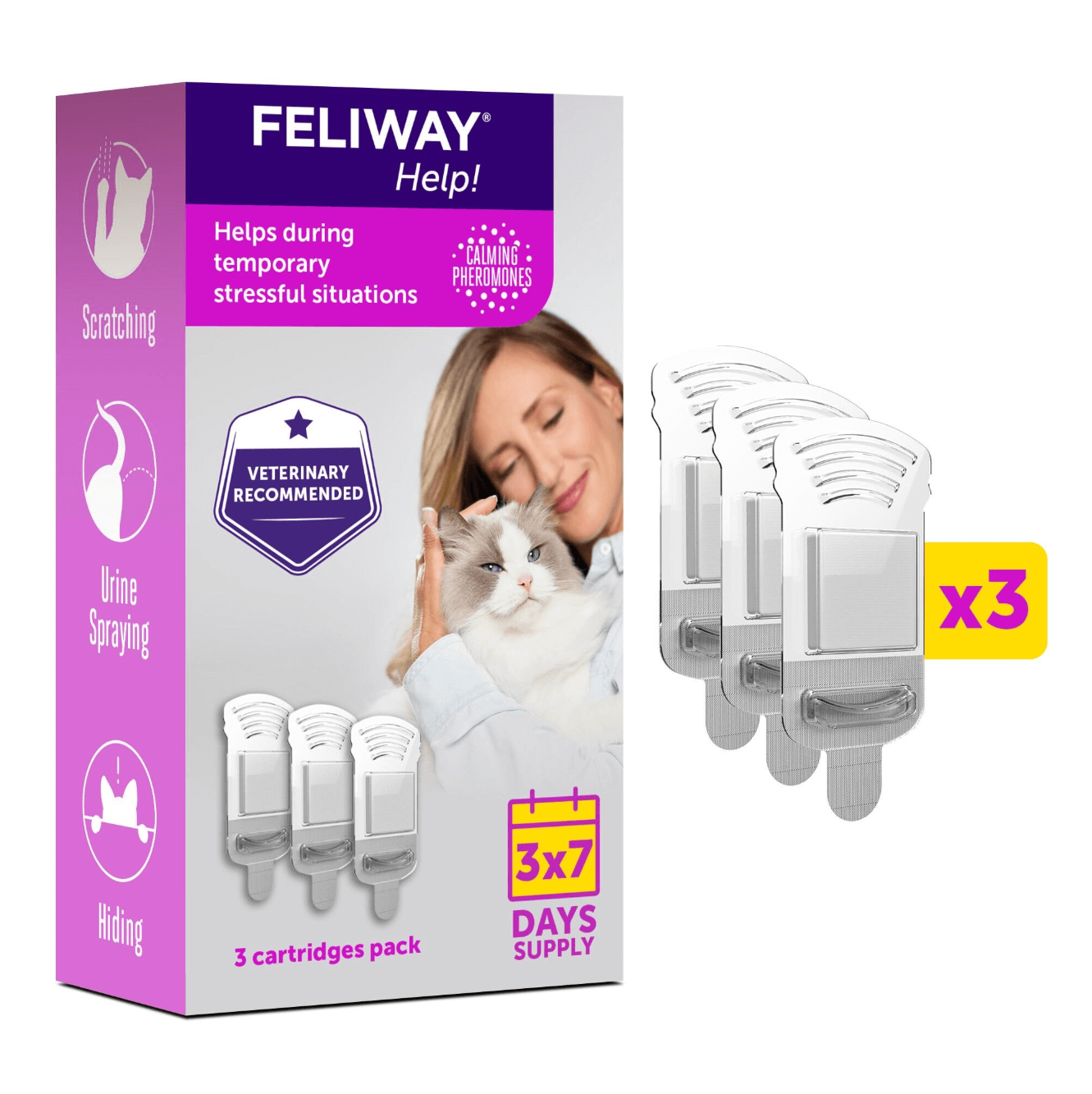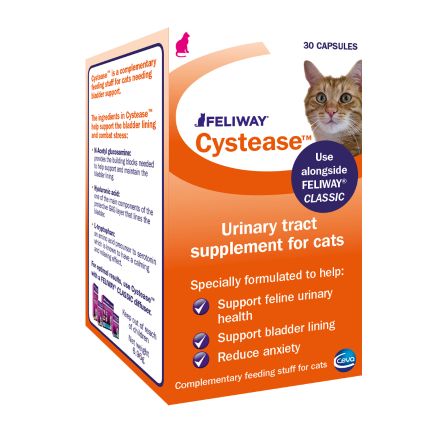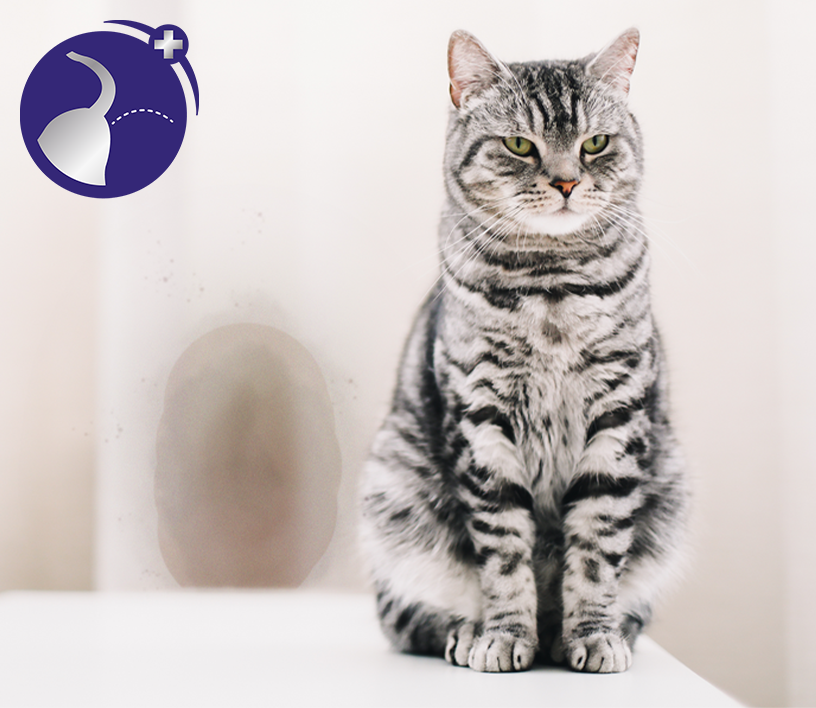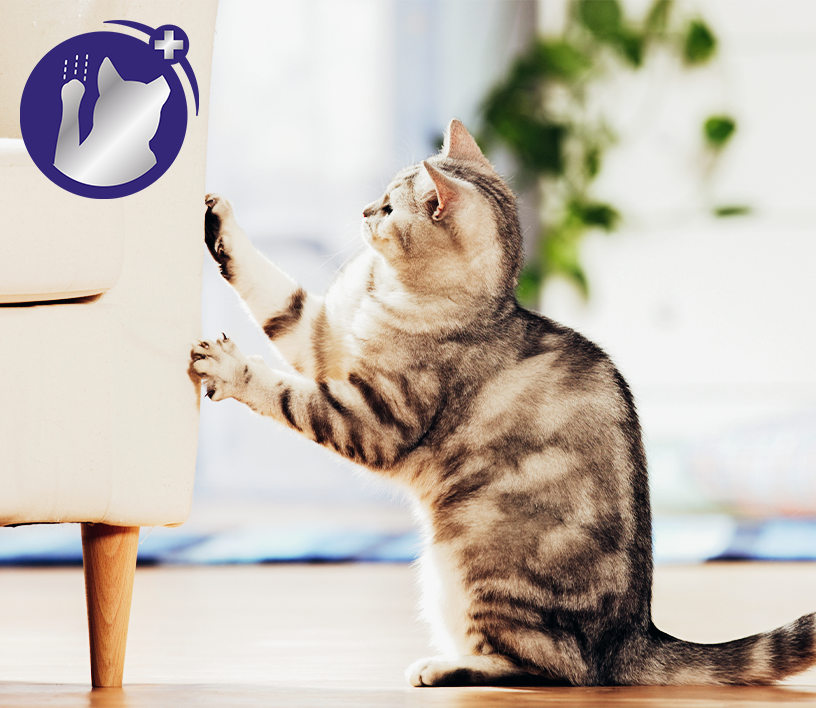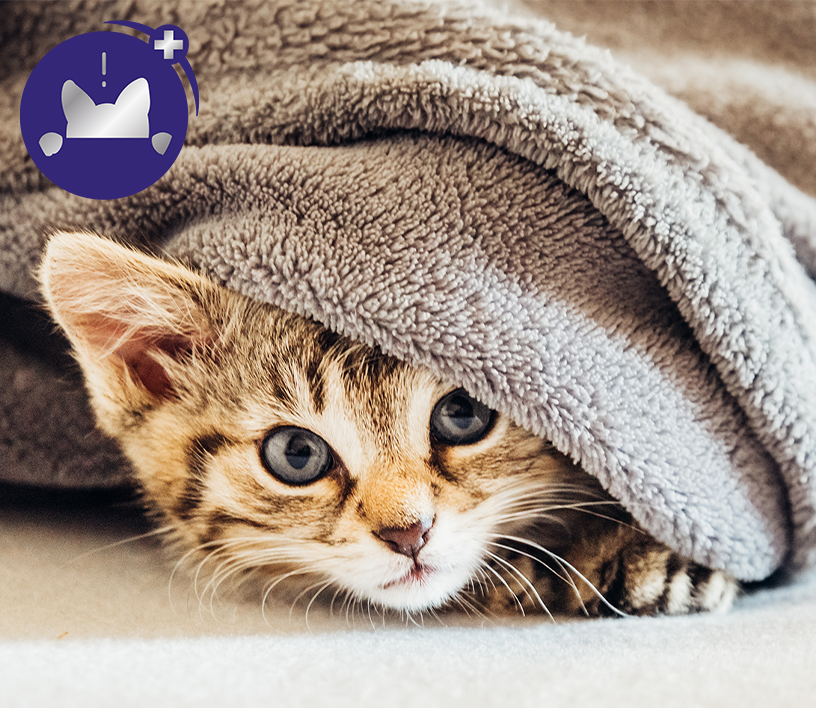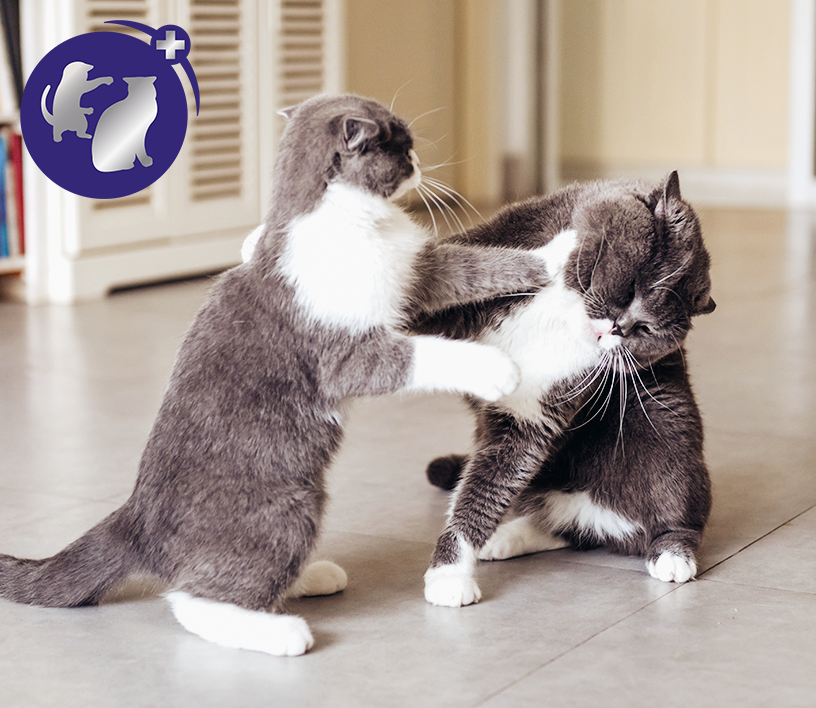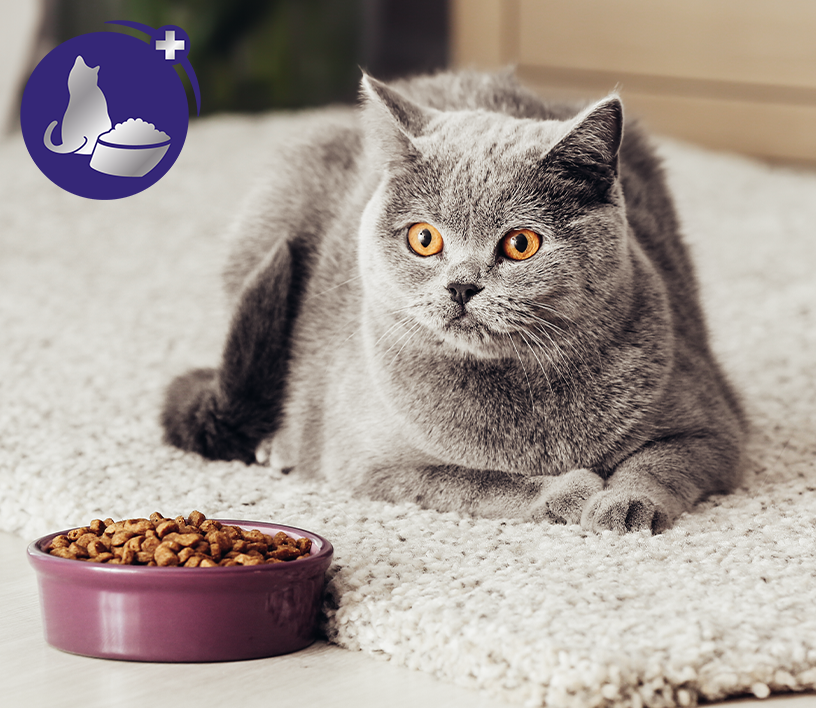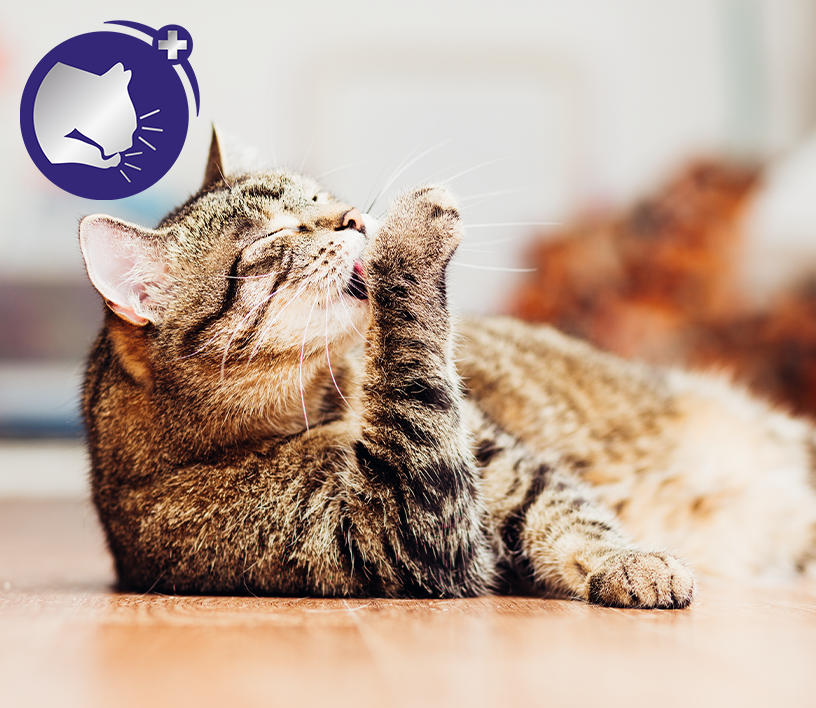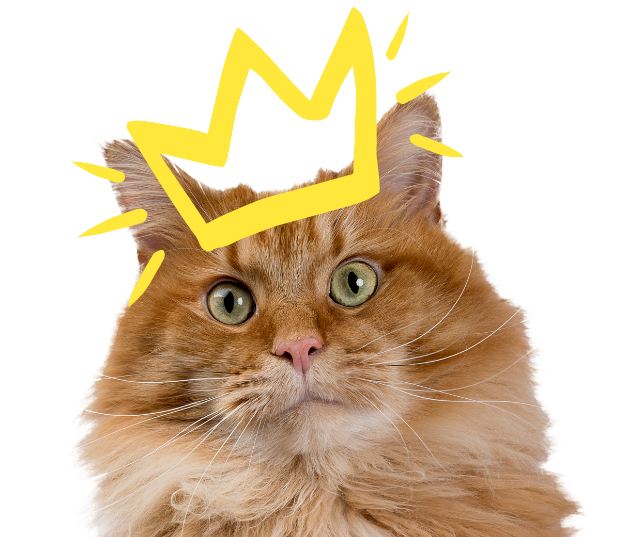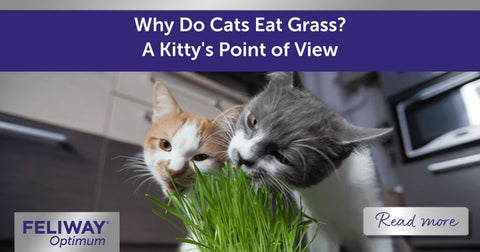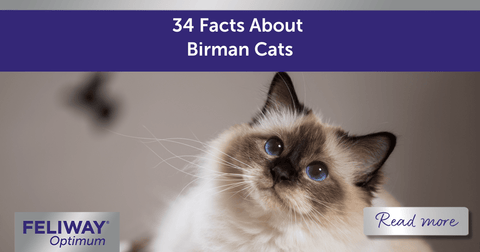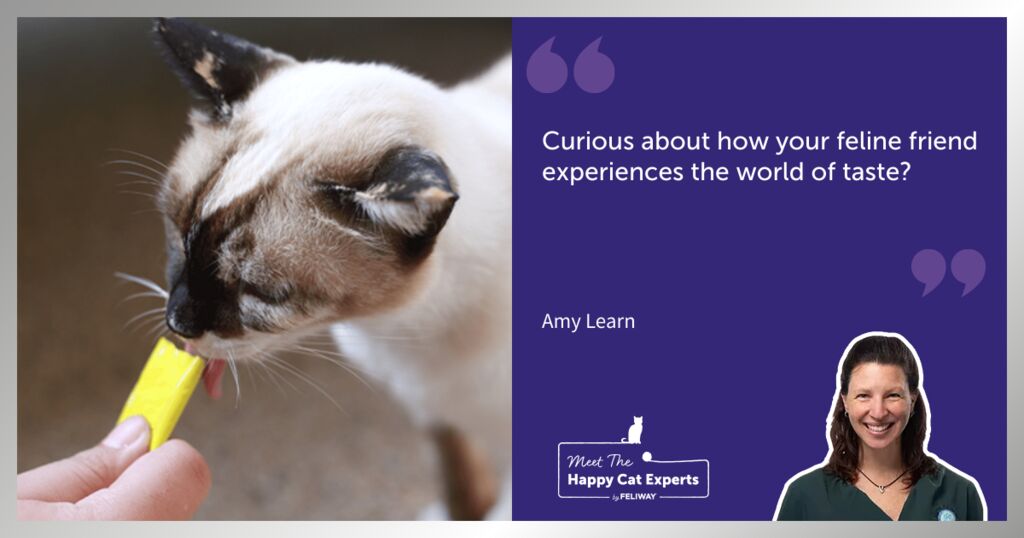
How Cats Experience Taste
Have you ever wondered how your pet experiences the world around them? Today, we see, our pets are family members and we care for them carefully.
But to meet their needs, it is important to understand how they communicate with us and how they perceive the world around them.
This blog is the third of a five-part series (including vision and olfaction) delving into how cats experience and use each of their five senses.
By Amy Learn, Behaviour Veterinarian
Structure of the mouth
Cats are consummate predators in every way. Their anatomy is specifically designed for hunting. The skull contains large eye sockets, which hone their vision for detecting prey, and specialised teeth for dissecting that prey.
There are only 30 teeth in a cat’s mouth, which is fewer than in many other predators. The teeth are almost all adapted to meat-eating except for the incisors at the front of the mouth, which are very small and used mainly in grooming.
The long canines, or fang teeth, are like spikes used to hold food and, more specifically, for dislocating the vertebrae of prey. There are even specialised pressure receptors in the teeth that triangulate the best place for a killing bite.
The hind teeth or premolars, and molars are not structured for grinding plant material like the teeth of herbivores. Instead, a cat’s molars are shaped perfectly for shearing meat into smaller, easily digestible pieces and are controlled by powerful jaw muscles. Cats are truly meat eaters and rely on a higher percentage of protein for energy than any other mammal.
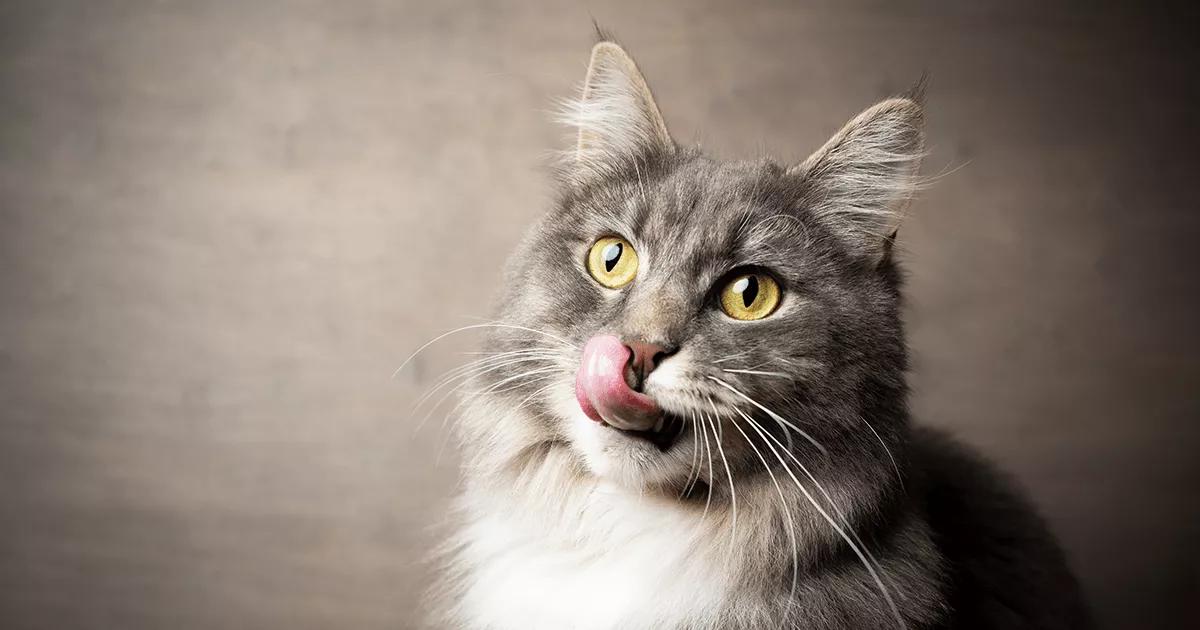
Cat taste receptors
In general, taste is dependent on hundreds of taste receptors located on taste buds on the surface of the tongue. In some cases, taste is amplified by olfaction and there are 5 taste qualities: salty, sweet, sour, bitter, and umami.
Each taste receptor has a different purpose or combination of purposes and is responsible for more than just tasting food:
- Salt receptors detect sodium chloride and help in maintaining the electrolyte balance.
- Sweet receptors detect glucose or fructose.
- Bitter receptors help detect toxins like poisonous alkaloids in plant material.
- Umami detects savoury amino acids like glutamate.
- Sour receptors identify foods that have spoiled.
Once taste information is sorted by the taste buds, it is conveyed through four different cranial nerves (facial, glossopharyngeal, vagus, and trigeminal) to the thalamus in the brain. There, it is integrated with other information including thermal, mechanical, visceral and pain information to determine the palatability of the food.
Did you know however, that felines (including lions, tigers, leopards, and the domestic cat) cannot identify sweet sensations? This is due to a genetic mutation that prevents cats from producing the proteins that form the sweet taste receptors.
Cats may also not be able to recognise salty flavours, but do respond to bitter, sour, and umami, flavours. Therefore cats experience taste very differently from us humans.
Research done on palatability showed that salmon was the most palatable to domestic cats and that rat meat was less palatable than other foods. Most cats learn to appreciate certain tastes during their neonatal development – for example, kittens prefer foods that are also preferred by the mother. This type of observational learning also extends to natural play items.
Cat eating habits
The average cat typically eats twelve to twenty small meals spread throughout the day. There is a normal cycle of hunting, waiting, or watching; followed by the intense activity of chasing, catching, then consuming; and finally grooming. Cats will then rest before this cycle repeats itself.
Anorexia or a lack of appetite is most often a medical problem related to an underlying disease or gastrointestinal discomfort. Some cases of depressed appetite can have behavioural components related to anxiety, attention seeking, or taste aversions (associating food with feeling ill).
In a domestic setting, we have changed the feeding cycle and will often simply fill a bowl for our cat to pick at throughout the day. However, this may result in boredom or obesity.
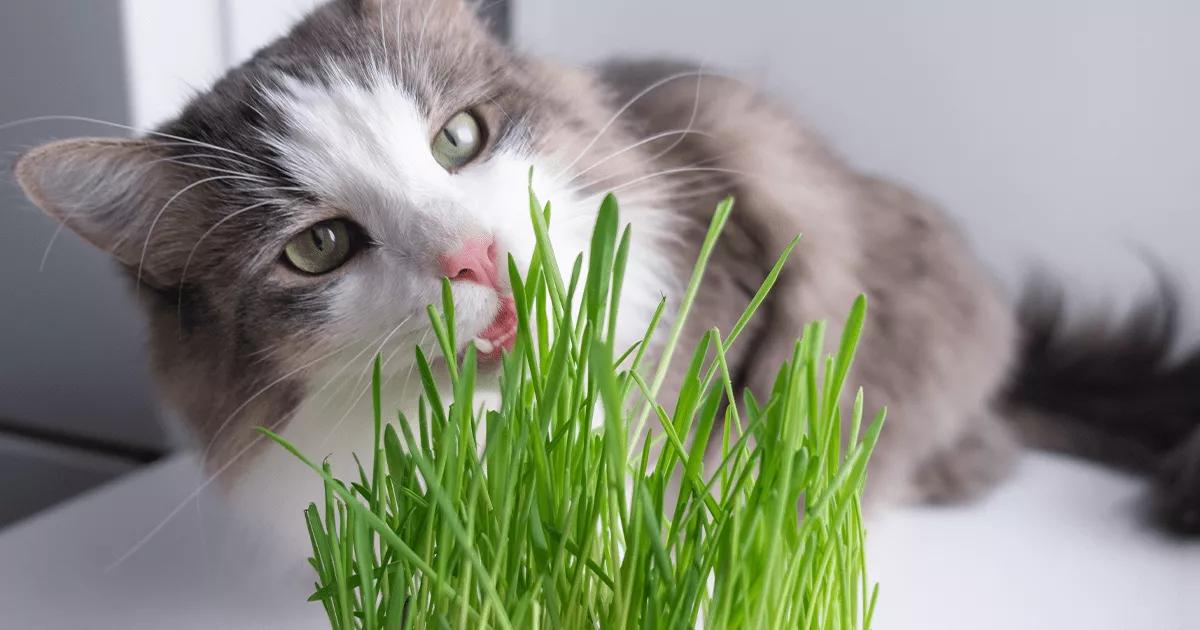
Pica (eating things that are not food)
Plant eating is often observed in housecats. On its own, this is not necessarily a problem, but many house plants, such as lilies, can be toxic. Providing cats with cat mint or wheat grass is an appropriate form of enrichment but one should be certain that toxic plants are not accessible to our cats.
Many studies have been done on abnormal sucking, chewing, or ingesting behaviours in cats and it has been reported that Siamese and Burmese cats are the breeds in which this is most common. These same studies have noted that shoe laces, string, fabric, and rubber were the most preferred items to chew on, followed by paper/cardboard, string, and plants.
It is unclear whether these problems emanate from early weaning, stressful experiences, or underlying medical problems.
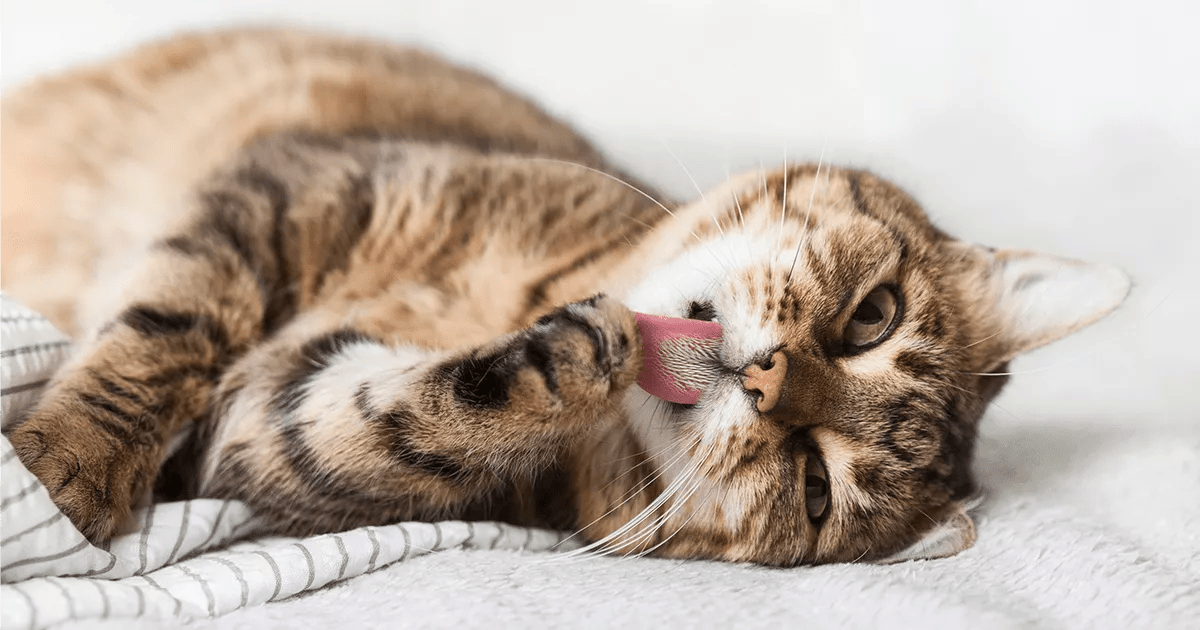
Excessive licking
Grooming plays an important role in the maternal-neonatal bond. Mother cats ingest the urine and faeces of their kittens for several weeks after birth to keep the nest clean. This grooming by the mother then gives way to self-grooming.
Cats are often considered fastidious, in part due to the pattern of self-grooming by kittens, which traditionally starts with licking the mouth, chin, and whiskers to remove food. This is then followed by grooming the shoulders and forelegs, then the hips and hindlegs, and finally the genitals and tail. Once the body is clean, a cat will lick its paws to wash its face and ears.
A cat’s tongue has barbs on it that help to brush its fur to remove tangles or parasites, and to redistribute natural oils in the skin to keep the coat healthy. Grooming is also useful for regulating temperature since cat saliva applied to the fur evaporates and cools the body.
Grooming behaviour is often described as compulsive when it seems to be excessive. Studies have shown that most cases of extreme self-licking are often related to pain or itchiness. When this is observed, a thorough medical checkup should be pursued to eliminate any medical contributors to this behaviour, before assuming the problem to be strictly behavioural.
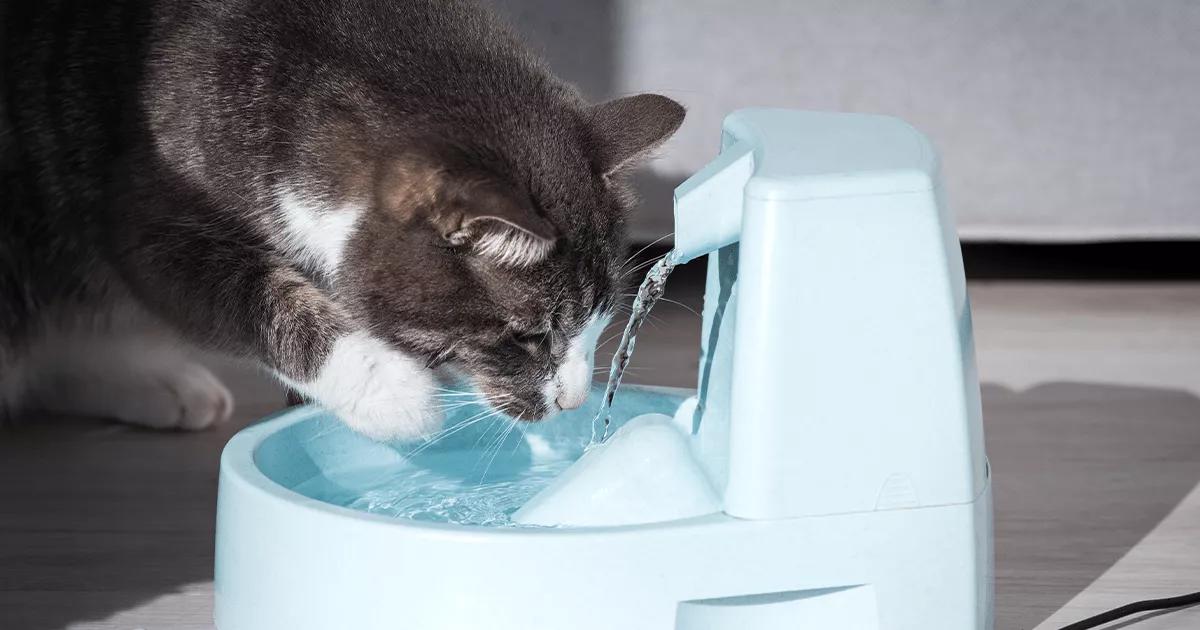
How cats experience taste
The sense of taste and structure of the tongue that enhances taste sensation is responsible for more than enjoying food. It helps to protect cats, provide enjoyment, and is important for grooming themselves and their offspring to ensure cleanliness and proper external health.
Check out our other Happy Cat Expert articles for advice on a variety of topics! You can also stay up to date with our latest news and guides, as well as receive information on all our FELIWAY products, by signing up to our newsletter.
Additional Resources:
Borns-Weil, S., Emmanuel, C., Longo, J., Kini, N., Barton, B., Smith, A., & Dodman, N. H. (2015). A case-control study of compulsive wool-sucking in Siamese and Birman cats (n= 204). Journal of Veterinary Behavior, 10(6), 543-548.
Bradshaw, J. W. (2012). The behaviour of the domestic cat. Cabi.
Carlson, N. R. (2012). Physiology of behavior. Pearson Higher Ed.
Demontigny-Bédard, I., Beauchamp, G., Bélanger, M. C., & Frank, D. (2016). Characterization of pica and chewing behaviors in privately owned cats: a case-control study. Journal of feline medicine and surgery, 18(8), 652-657.
Houpt, K. A. (2018). Domestic animal behavior for veterinarians and animal scientists. John Wiley & Sons.
Kandel, E. R., Schwartz, J. H., Jessell, T. M., Siegelbaum, S., Hudspeth, A. J., & Mack, S. (Eds.). (2000). Principles of neural science (Vol. 4, pp. 1227-1246). New York: McGraw-hill.






